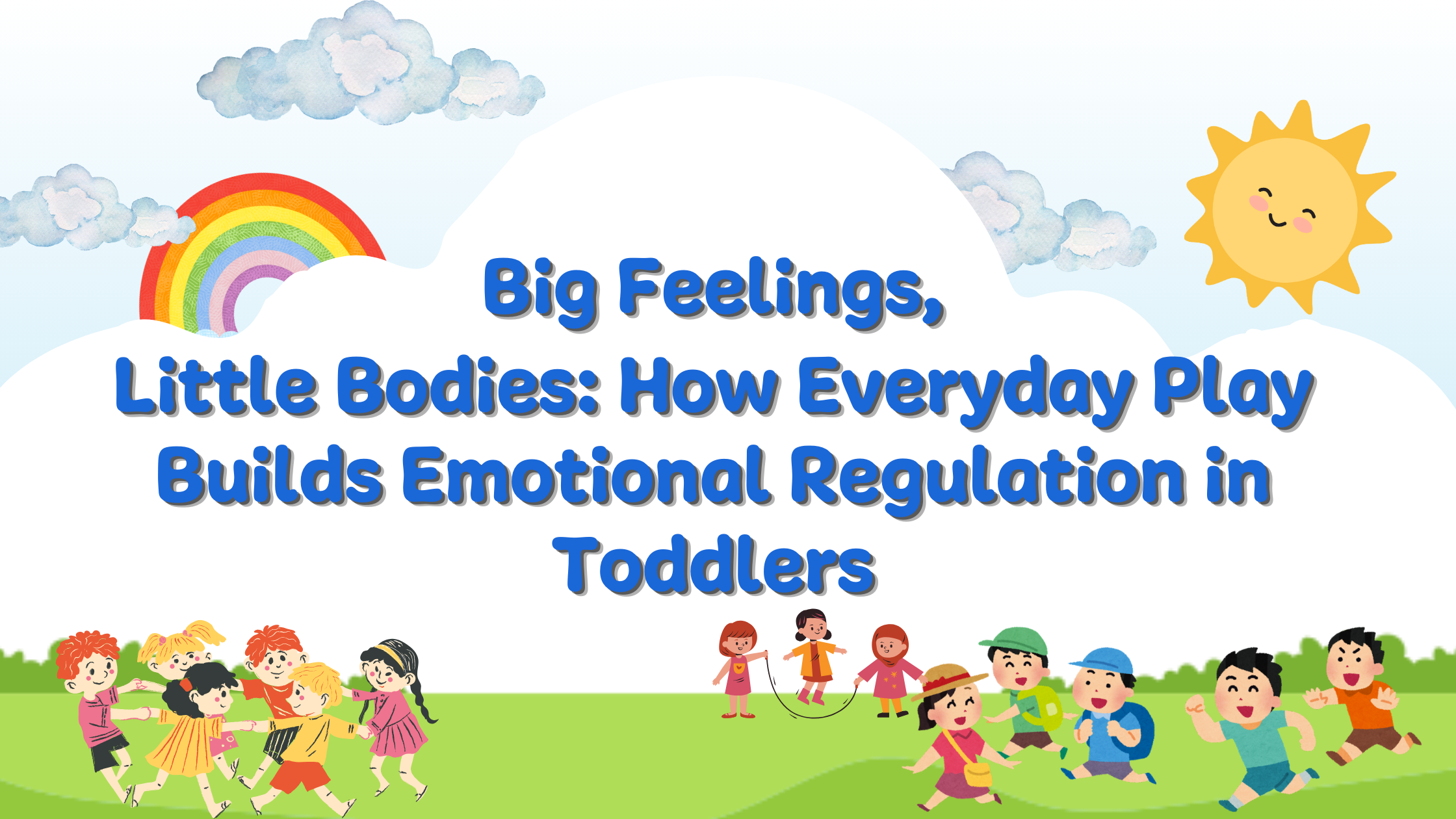🎄 Christmas Gift Ideas for 4 Year Olds (OT-Approved & Preschool-Ready)
Four-year-olds are full of ideas, energy, curiosity, and creativity. This is a beautiful window for expanding fine motor skills, social play, emotional regulation, and early problem-solving.
🎄 Christmas Gift Ideas for 3 Year Olds (OT-Approved & Screen-Free)
Choosing Christmas gifts for 3-year-olds can be surprisingly tricky they’re not quite toddlers anymore, but not fully preschoolers either. At this age, children are deep into imaginative play, building early problem-solving skills, and developing stronger fine motor and pre-writing abilities.
🎄 Christmas Gift Ideas for 2 Year Olds: OT-Approved Toys for Meaningful, Screen-Free Play
Two-year-olds are full of curiosity, movement, and big feelings which means choosing Christmas gifts for toddlers can feel exciting and overwhelming. At this stage, children crave sensory-rich, hands-on play that helps them explore the world, build independence, and strengthen early developmental skills.
😣 End-of-Year Chaos? 5 Evidence-Based Tips to Manage Term 4 Burnout
The end of the year can feel like a marathon… Concerts, parties, travel, and tired kids (and parents!). Many families are in survival mode or riding waves of overexcitement. You’re not alone in that feeling.
🎄 The Ultimate Christmas Gifting Guide for Kids (Free Download)
I love Christmas. 🎄 The lights, the music, the magic and especially the joy of choosing gifts for the people I care about. I’ll happily spend hours researching the perfect present, imagining the smile it’ll bring. There’s something so special about finding a toy that’s not just fun, but meaningful.
Cafe Survival Guide: Engaging Kids on Family Outings (Without Relying on Screens)
I’m sitting at a long table in a cozy café, surrounded by the hum of family chatter and the clinking of cutlery. It’s a celebration, one of those moments when everyone’s gathered. I’m just settling into my seat when I feel a bump against my leg. I glance down, and sure enough, the littlest ones have already made their way under the table. It starts as a giggle-filled game of hide-and-seek, but within minutes, tiny hands are tugging at legs, bumping knees, and bidding for connection in the only ways they know how.
Travelling with Littles: Play Tips That Actually Work on the Go
You know how travel and family outings with young kids can be super stressful? As an OT and someone with lots of little ones in my family, I’ve seen firsthand how tough it can be. Whether it’s sitting through a long flight, waiting at a café table, or being strapped into the car for hours, young children often struggle with the sitting still, the noise, and the unpredictability.
Developmental Toy Rotation: How to Keep Kids Engaged (Without Buying More)
As parents and caregivers, we’ve all seen it: a pile of toys sitting untouched while our child insists they’re “bored.” It’s not that they need more toys—it’s often that they’re overwhelmed by too many options. This is where toy rotation comes in.
🌈 Big Feelings, Little Bodies: How Everyday Play Builds Emotional Regulation in Toddlers
If you’re parenting a toddler, you already know this truth: emotions can arrive loud, fast, and completely out of nowhere. One minute it’s giggles, the next it’s tears over the wrong-coloured spoon.
12 Simple Fine Motor Activities You Can Do at Home
Support milestones, spark independence, and keep it simple—no Pinterest-perfect setups required.
As a pediatric occupational therapist, I’m often asked:
“How can I help my child develop fine motor skills without expensive toys or elaborate programs?”











